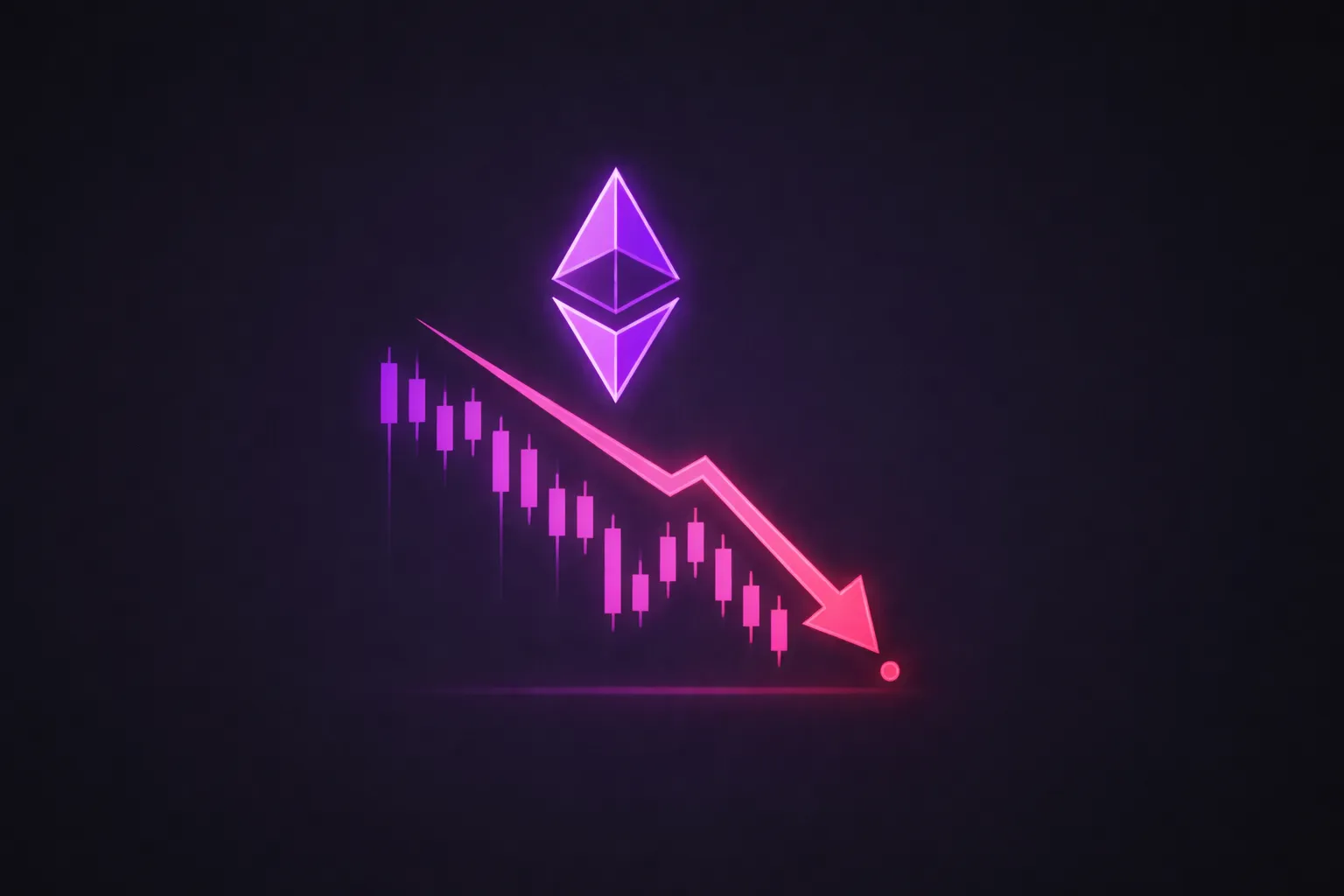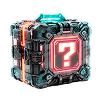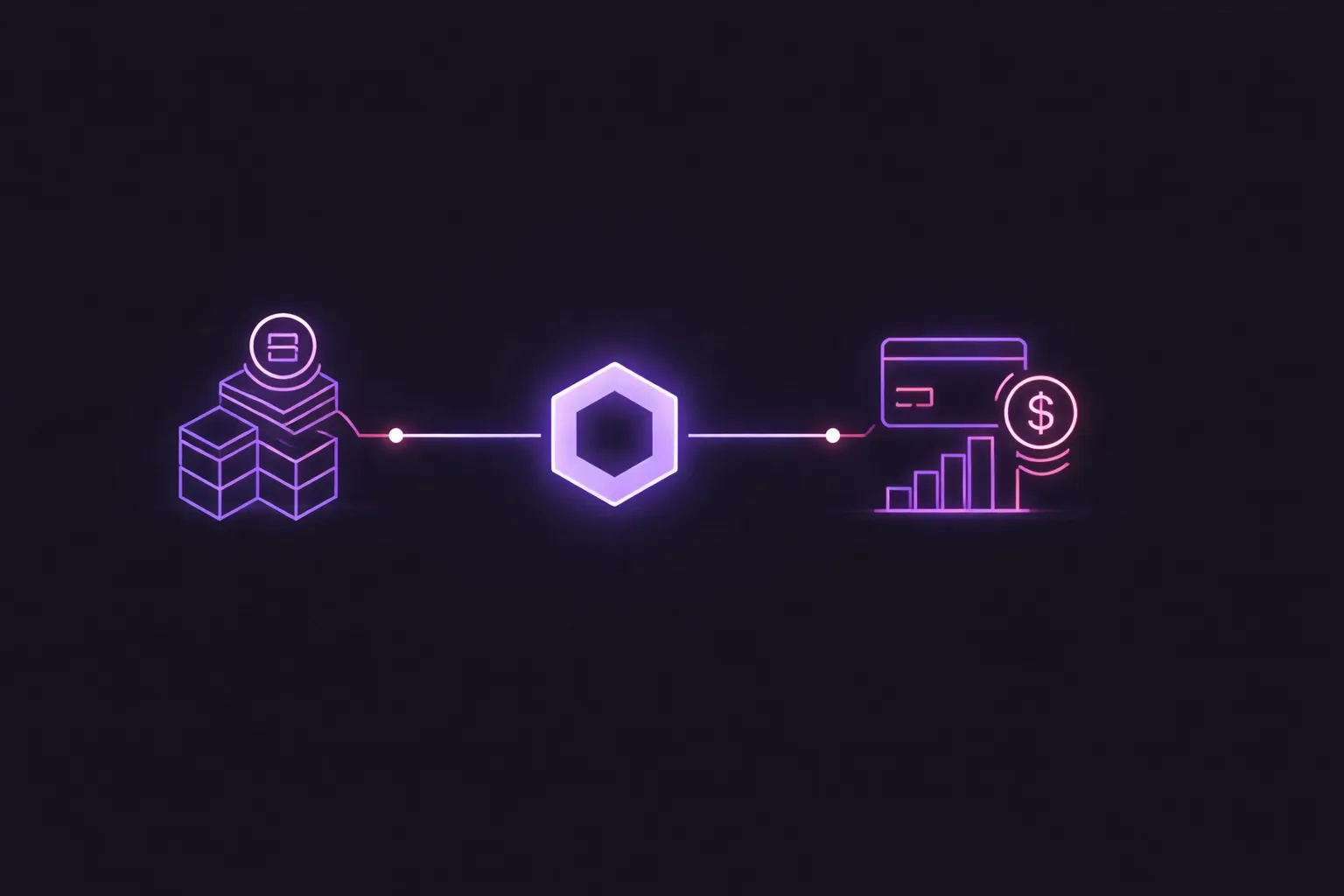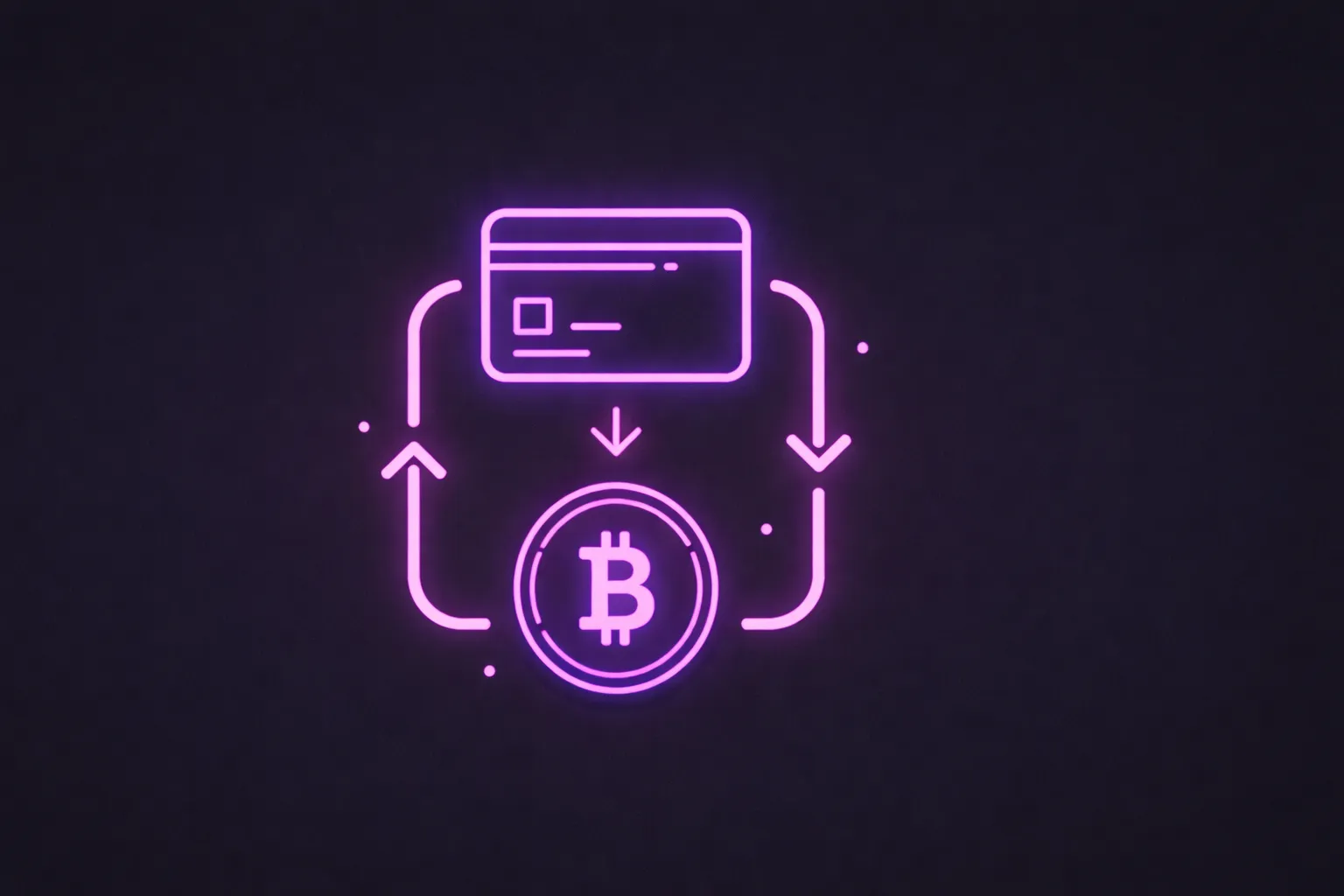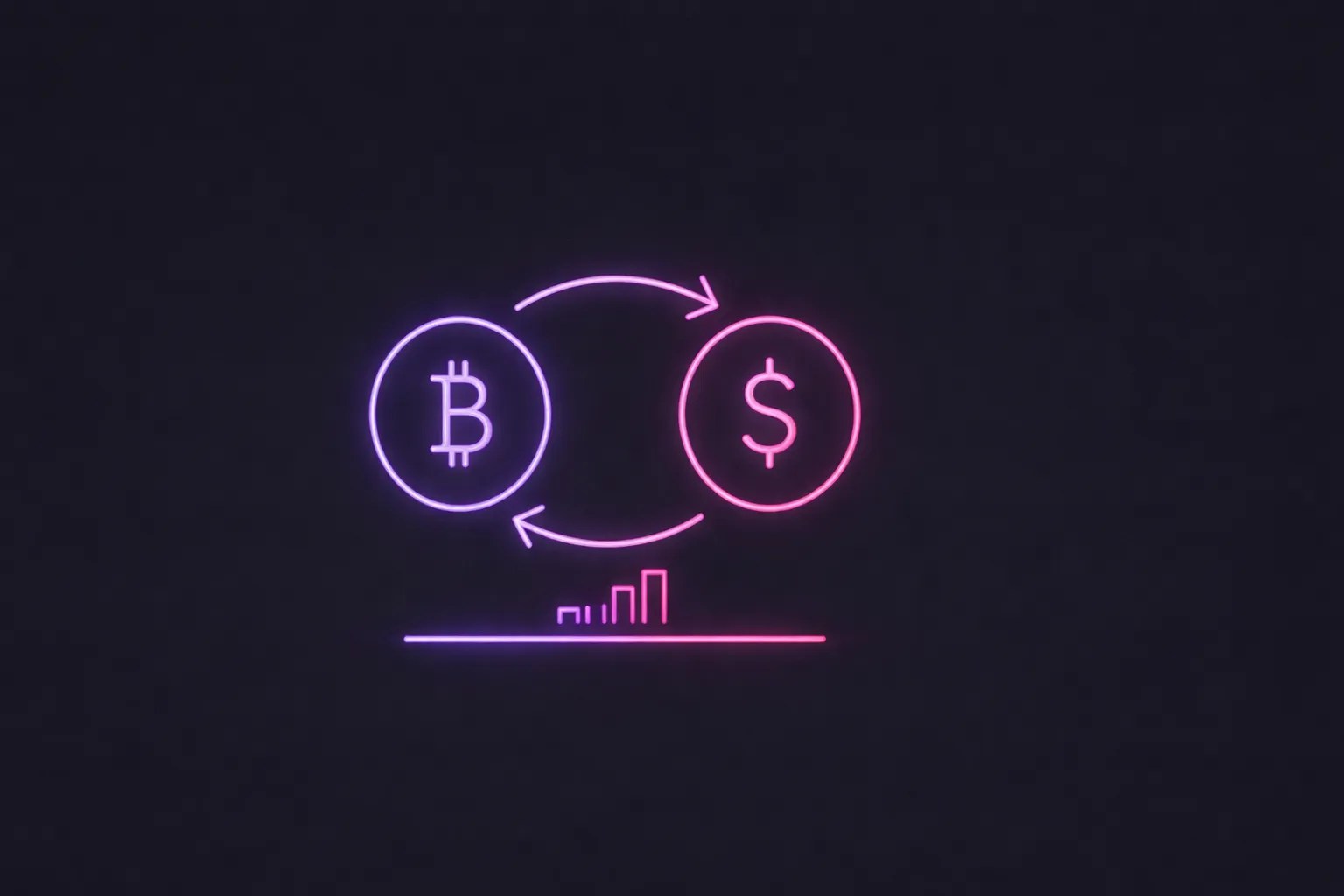Mina Protocol - a minimal, concise blockchain, designed to reduce the computational requirements to run DApps more efficiently. Mina has been described as the world's lightest blockchain, as its size helps to remain constant despite growing usage.
Contents:
About Mina Protocol
The platform is working on building an efficient distributed payment system that allows users to verify natively the platform directly from the genesis block. Its White paper calls it a "concise blockchain". The protocol uses zero-knowledge concise non-interactive knowledge arguments (zk-SNARK), a cryptographic proof that allows someone to authenticate information without exposing said information. Thus, the project incrementally computes SNARKS that only concentrate on the last few blocks, which means that end users verify the compressed zk-SNARK proof rather than the entire transaction history of the block.
How does the project work:
| Firstly | At the heart of the Min protocol is the MINA, its native currency, which functions as a utility coin and medium of exchange. |
| Open source and closed source | Mina is similar to bitcoin in addition to how it handles transactions, but also uses the account model, used in Ethereum. The platform uses the equivalent of a miner to ensure that each block is committed to a state. |
The project uses parallel scan state to optimize transaction processing speed, which works by grouping unproven blocks and assigning the process to parallel scans.
Project features
Mina uses Ouroboros Samasika, a type of PoS mechanism, specifically designed for short decentralized networks, as it provides booting from the genesis block. Brief blockchains contain two main functions: validation and updating. Verification affects consensus, blockchain summary and blocks, while the update function interacts with consensus and chain summary. Mina takes different approaches, having multiple participants, each of which handles a specific function in a decentralized network. The three main roles include:
- verifiers;
- block producers;
- snarkers.
Block producers take the form of stakeholders or miners and receive block rewards and transaction fees. Interestingly, the protocol does not reduce the incentives that go to block producers. This category of participants allows Mina users to delegate their coins to them. The verifiers interact with zk-SNARKS, which are responsible for certifying the consensus information. Each user of the Mina protocol is considered a verifier, provided that their devices can process a 22 KB chain and withstand a few milliseconds of processing time.
Snarkers, also known as Provers, manufacture zk-SNARKs, used to verify transactions. Block producers pay snarkers from the total transaction fees they receive for adding new blocks. However, in order to qualify for fees, they must post applications. Note that the zk-SNARK snarker must be used in a block, while the block producer that uses it is responsible for incentivizing the snarker. This creates a business economy where multiple snarkers can place bets, tied to the same transaction. Block producers, on the other hand, are ready to make a profit and will choose to bid with the lowest fees. Consequently, snarkers are tasked with producing inexpensive SNARKS.
How do transactions take place?
The process begins with the user initiating a transaction, after which the transaction goes into the mempool, a pool of valid but unconfirmed transactions. The Snarkers then take over, creating SNARKS. The process follows with the choice of a block producer (BP) to combine transactions into a block. Please note that BP is sieved through the pool for profitable transactions. The BP selects the SNARK, according to the rules in the consensus mechanism. The best cryptocurrency exchanges to trade Mina shares currently are:
- Biinance;
- OKX;
- Mandala Exchange;
- Gate.io;
- HitBTC.
Mina seamlessly integrates stablecoins into traditional web and mobile applications, unlike other blockchains that require expensive and complex middleware. Newbie developers can instantly integrate digital dollars (or any other asset, issued on Mina) into products with just a couple of lines of JavaScript, which Mina plans to support as the development language for Snapps.

